Francescopaolo Sica
There Are No Data Like More Data- Datasets for Deep Learning in Earth Observation
Oct 30, 2023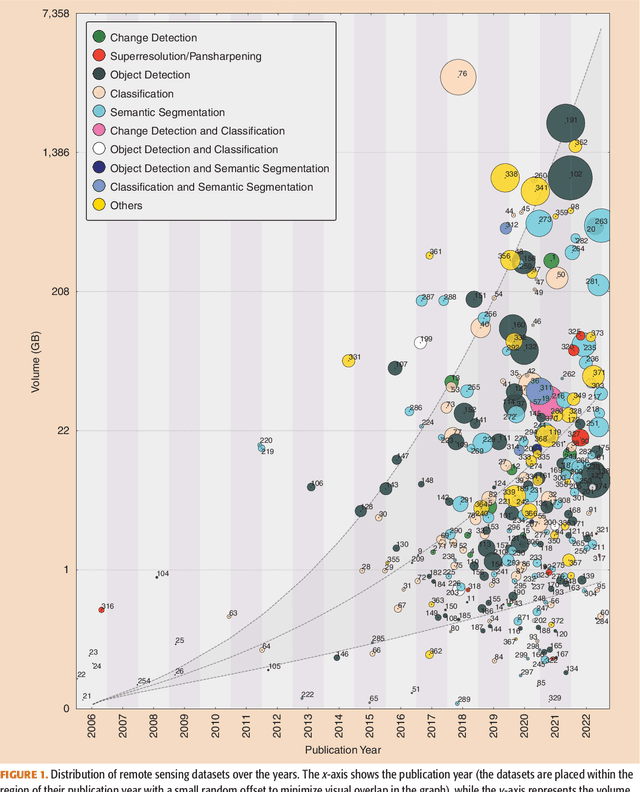

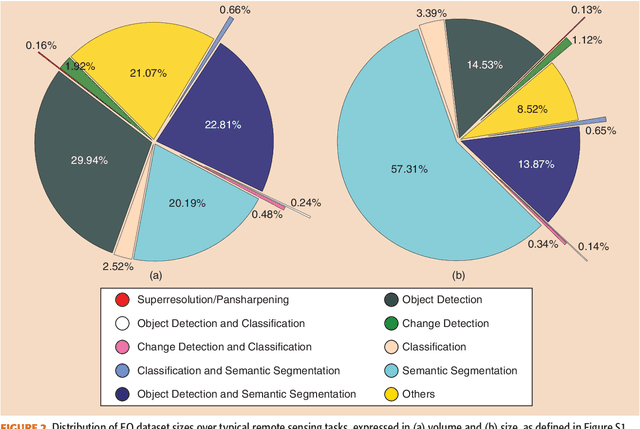
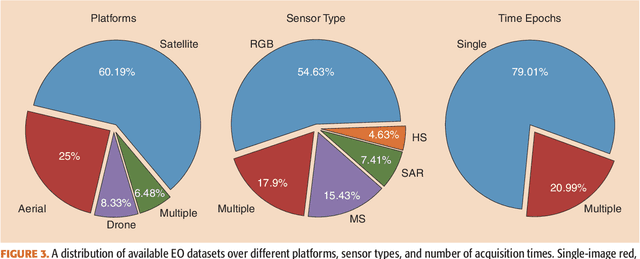
Abstract:Carefully curated and annotated datasets are the foundation of machine learning, with particularly data-hungry deep neural networks forming the core of what is often called Artificial Intelligence (AI). Due to the massive success of deep learning applied to Earth Observation (EO) problems, the focus of the community has been largely on the development of ever-more sophisticated deep neural network architectures and training strategies largely ignoring the overall importance of datasets. For that purpose, numerous task-specific datasets have been created that were largely ignored by previously published review articles on AI for Earth observation. With this article, we want to change the perspective and put machine learning datasets dedicated to Earth observation data and applications into the spotlight. Based on a review of the historical developments, currently available resources are described and a perspective for future developments is formed. We hope to contribute to an understanding that the nature of our data is what distinguishes the Earth observation community from many other communities that apply deep learning techniques to image data, and that a detailed understanding of EO data peculiarities is among the core competencies of our discipline.
Deep Learning Solutions for TanDEM-X-based Forest Classification
Feb 01, 2019
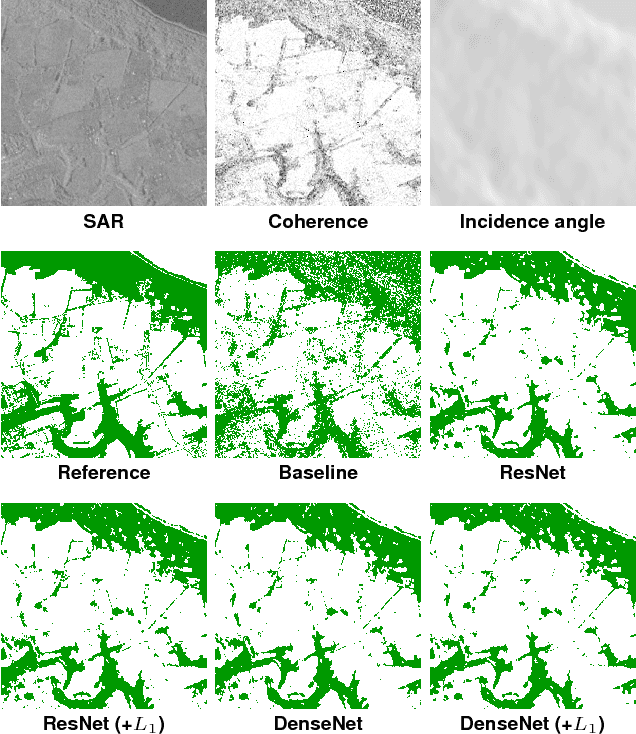
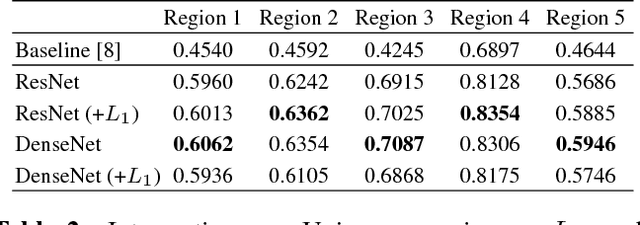
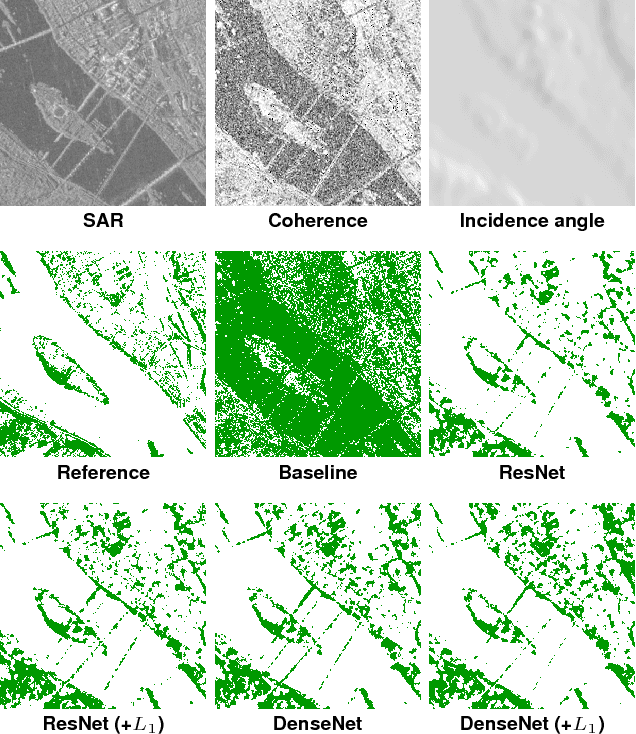
Abstract:In the last few years, deep learning (DL) has been successfully and massively employed in computer vision for discriminative tasks, such as image classification or object detection. This kind of problems are core to many remote sensing (RS) applications as well, though with domain-specific peculiarities. Therefore, there is a growing interest on the use of DL methods for RS tasks. Here, we consider the forest/non-forest classification problem with TanDEM-X data, and test two state-of-the-art DL models, suitably adapting them to the specific task. Our experiments confirm the great potential of DL methods for RS applications.
 Add to Chrome
Add to Chrome Add to Firefox
Add to Firefox Add to Edge
Add to Edge